The Cinema of Vctor Erice
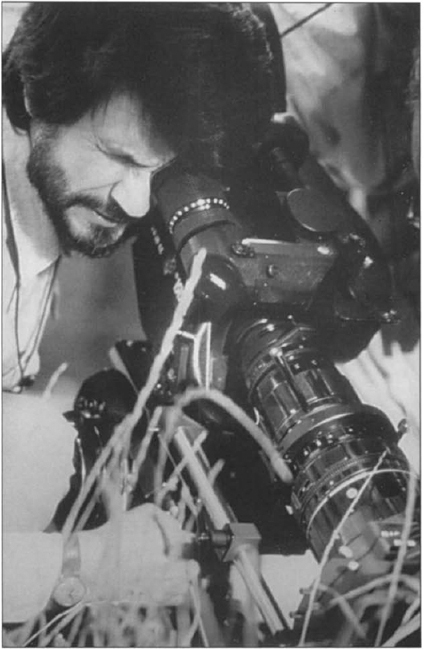
Vctor Erice and the Camera
(Courtesy of Rosebud Films)
The Cinema of Vctor Erice
An Open Window
Revised Edition
Edited by Linda C. Ehrlich
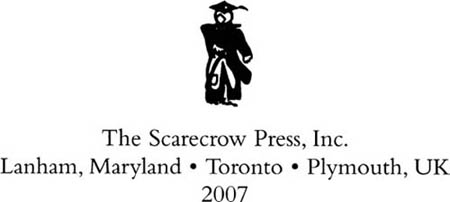
SCARECROW PRESS, INC.
Published in the United States of America
by Scarecrow Press, Inc.
A wholly owned subsidiary of
The Rowman & Littlefield Publishing Group, Inc.
4501 Forbes Boulevard, Suite 200, Lanhan, Maryland 20706
www.scarecrowpress.com
Estover Road
Plymouth PL6 7PY
United Kingdom
Copyright 2007 by Linda C. Ehrlich
All rights reserved. No part of this publication may be reproduced, stored in a retrieval system, or transmitted in any form or by any means, electronic, mechanical, photocopying, recording, or otherwise, without the prior permission of the publisher.
British Library Cataloguing in Publication Information Available
Library of Congress Cataloging-in-Publication Data
Open window.
The cinema of Vctor Erice: an open window / edited by Linda C. EhrlichRev. ed.
p. cm.
Includes bibliographical references and index.
ISBN-13: 978-0-8108-5884-8 (pbk. : alk. paper)
ISBN-10: 0-8108-5884-3 (pbk. : alk. paper)
1. Erice, VctorCriticism and interpretation. I. Ehrlich, Linda C. (Linda Channah). II. Title.
| PN1998.3.E74O64 2007 |
| 791.4302'33092dc22 | 2006034476 |
 The paper used in this publication meets the minimum requirements of American National Standard for Information SciencesPermanence of Paper for Printed Library Materials, ANSI/NISO Z39.48-1992.
The paper used in this publication meets the minimum requirements of American National Standard for Information SciencesPermanence of Paper for Printed Library Materials, ANSI/NISO Z39.48-1992.
Manufactured in the United States of America.
This book is dedicated to my daughter Dessie
now grownand to the other children,
who gaze through a window opening,
hopefully, onto the light.
Editors Note
Linda C. Ehrlich
An Open Window: The Cinema of Vctor Erice appeared in hardcover in 2000 as the first collection in English, and English translation, of a wide range of essays about the award-winning Spanish director Vctor Erice. Much has happened in his career during the past six years, and this (slightly) expanded, renamed paperback edition will point to those accomplishments.
Some of the high points:
Erice directed the short film Alumbramiento (Lifeline) as one sequence of the omnibus film Ten Minutes Older. Alumbramiento is a loving meditation on communal responsibility, the slow pace of village life, the hazards of birth, growing older, and the advent of warall shot in a black-and-white lyrical mode.
The Erice-Kiarostami Correspondences installation has been taking place in three European cities (Barcelona, Madrid, Paris), curated by Alain Bergala and Jordi Ball. It features a new short film by EriceLa morte rougeand innovative art installations by Erice, the painter Antonio Lpez Garca, and the Iranian director Abbas Kiarostami, along with a series of filmed letters between the two directors. The installation was conceived in part because of the many correspondences between the two directors: close birthdates in 1940, a similarly courageous stance before censorship and industry pressures, a minimalist style, a thematic focus on childhood and landscape, and a nuanced contemplation of time. The curators refer to these similarities].
Retrospectives of Erices work have taken place in New York, London, Thessaloniki, Istanbul, and throughout Spain, among other sites, and more are scheduled in the future. Several journals and books have been dedicated to a revisiting of his films, especially with the 30+ anniversary of his groundbreaking film The Spirit of the Beehive (El espritu de la colmena). Several new DVDs of his films have appeared on both sides of the Atlantic and as far away as Japan. Other tributes include the Premio Nacional de Cinematografa (National Cinematography Award) in 1994 and, in 1995, the Medalla de Oro al Mrito en las Bellas Artes (Gold Medal in Fine Arts).
Less felicitously, Erices projected fourth feature film, based on Cataln writer Juan Marss novel El embrujo de Shanghai, never came to fruition for reasons beyond the directors control. A fascinating screenplay entitled La promesa de Shanghai has been published (in Spanish only). Rich characterizations, and a compelling examination of history through a childs lens, capture the readers imagination on every page.
And so this director, who is known for having a small, yet superb collection of films, has actually been more prolific than many realize. More importantly, he continues to raise the bar on cinematic expression. The cinematic companionship offered by the omnibus film Ten Minutes Older and the filmed cartas (letters) with Abbas Kiarostami have invigorated him.
In his earlier essay entitled To a Shadow (A una sombra), Erice wrote of images of incomprehensible gestation, touched by the passing of years, and conjured up by some names which seemed to accentuate their share of mystery.... Those qualitiesdrawing on childhood memories which are both historically specific and universally resonantcontinue to haunt Erices more recent work. However, a note of urgency can be heard in La promesa de Shanghai and La morte rougean urgency to show what was only implied in the earlier films. There is also an elegiac tonenot only a sense of the passing of childhood, but also of the passing of a certain kind of filmviewing experience.
While all of Erices films end with open and resonantly trailing notes, the more recent short films offer a musicality that is more pronounced (in the case of the short films Alumbramiento and La morte rouge) and pleasantly meandering (in the filmed correspondences with Kiarostami). Nevertheless, we must not be fooled by the slowness, calm, and everydayness of the work of this master of the cinema. Underneath the straightforward images is a tightrope that most of us would be afraid to walk.
This expanded paperback edition can offer only a glimpse into those new creative endeavors. In the hope of keeping this work affordable, we have added about fifty pages and a few new illustrations. In many ways, this new edition can serve as an aperitif with the hope that a more extensive compilation of new essays in English and English translation, or perhaps a bilingual collection, will appear in the future. The added essays, translations, and illustrations of this paperback provide an indication of the new avenues of exploration pursued by one of the most poetic of filmmakers.
Acknowledgments
Like a film, a book of this magnitude is a collaborative project. I would like to express my thanks to the many people who helped make this international anthology a reality. Writings by established scholars and reviewers from several countries join forces with younger voices; personal accounts mix with more distanced reflections. The kind of dialogue that results from this juxtaposition will hopefully add a new depth to our appreciation of the films.
A special note of thanks goes to the many translators who gave generously of their time and expertise. The enthusiasm of Guy Wood and Julie Croy for this project offered me great encouragement whenever unforeseen obstacles arose. Other scholars whose translations added so much to this anthology include: Martine Thibonnier, Charlotte Sanpere-Godard, and Michelle LeGault (from French); Denise M. Caterinacci (from Italian); Ann Sherif and Mieko and Nathaniel Preston (from Japanese); and James Amelang, J. Christopher Eustis, and Joanna Reynolds (from Spanish).
Next page

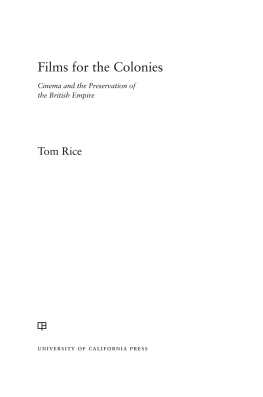



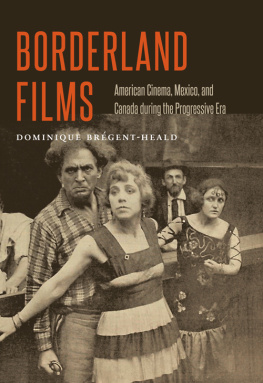
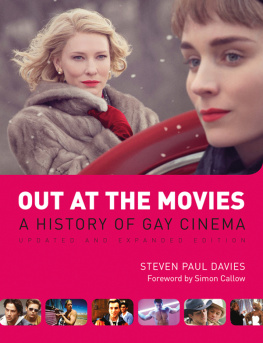
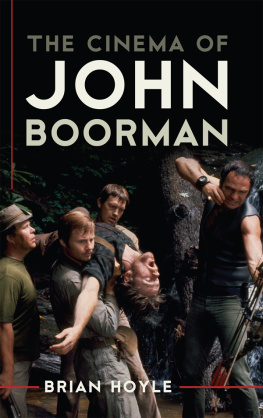

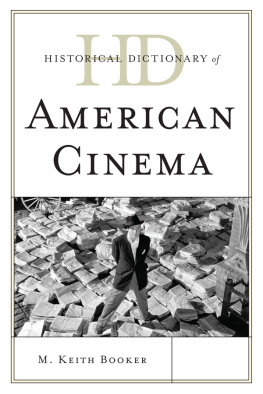
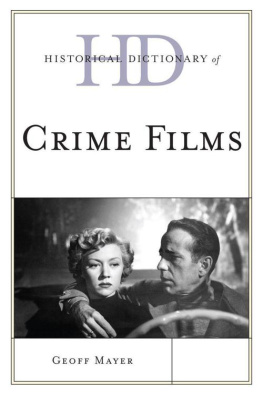


 The paper used in this publication meets the minimum requirements of American National Standard for Information SciencesPermanence of Paper for Printed Library Materials, ANSI/NISO Z39.48-1992.
The paper used in this publication meets the minimum requirements of American National Standard for Information SciencesPermanence of Paper for Printed Library Materials, ANSI/NISO Z39.48-1992.